As the automotive industry continues to evolve, the focus on sustainability in production has gained significant momentum. With the global push toward environmentally conscious manufacturing, auto parts producers are exploring innovative methods to reduce their environmental impact while maintaining high-quality standards.
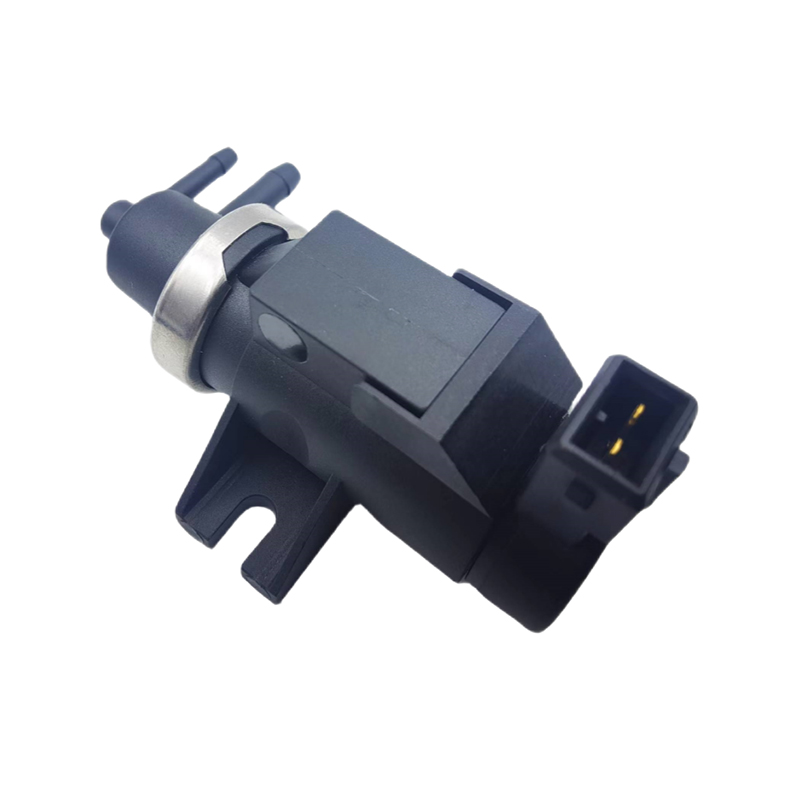
Reducing Environmental Impact in Production
One of the key aspects of sustainable auto parts production is reducing the environmental footprint. This can be achieved by optimizing energy consumption, reducing waste, and incorporating eco-friendly materials. For instance, Car Heater Valves, which are essential in controlling the temperature regulation in vehicles, can be produced using materials that are recyclable or less harmful to the environment. Manufacturers are increasingly investing in technologies that minimize energy use during the manufacturing process, ensuring that these components are both functional and environmentally friendly.
Similarly, the production of Automotive Vacuum Solenoid Valves, which play a critical role in controlling the vacuum systems in modern vehicles, is also seeing significant strides in sustainability. The focus on reducing emissions from manufacturing processes and using sustainable materials in these valves not only enhances their durability but also contributes to a cleaner production environment.
The Role of Eco-Friendly Materials
In the past, auto parts like Car Heater Valves and Automotive Vacuum Solenoid Valves were typically made from metals and plastics that required intensive processing, contributing to high levels of waste and energy consumption. Today, many manufacturers are turning to eco-friendly materials that require less energy to produce and are easier to recycle.
For example, advanced polymers and biodegradable plastics are increasingly being used in the production of Car Heater Valves. These materials not only reduce the reliance on traditional plastics but also provide similar levels of performance and durability, ensuring the long-term functionality of the components. As automotive companies continue to focus on sustainability, the use of these materials will likely expand, resulting in more environmentally responsible production methods.
Automotive Vacuum Solenoid Valves are also benefiting from advancements in material technology. The shift toward lightweight materials and composites helps in reducing the overall weight of the vehicle, which, in turn, improves fuel efficiency and reduces carbon emissions during vehicle operation. By adopting these sustainable materials, manufacturers are making a significant contribution to the reduction of the automotive industry’s overall environmental footprint.
Waste Reduction and Recycling
Another key area where sustainability is making an impact is in waste reduction. In traditional auto parts manufacturing, significant amounts of scrap materials are often produced, especially during the production of complex components like Car Heater Valves. To address this, many manufacturers are adopting recycling and reuse practices. By recycling materials such as metal and plastic from previous production cycles, manufacturers can significantly reduce waste and lower costs.
For Automotive Vacuum Solenoid Valves, the process of reclaiming and reusing parts during production can minimize the need for virgin materials. This not only conserves resources but also lowers energy consumption, further reducing the environmental impact of manufacturing operations. Recycling efforts are expected to continue to grow, with companies aiming for closed-loop systems that allow for the reuse of materials at every stage of production.
Energy Efficiency in Manufacturing Processes
Energy efficiency is another pillar of sustainable manufacturing. The process of producing Car Heater Valves and Automotive Vacuum Solenoid Valves has traditionally been energy-intensive. However, with advancements in production technologies, manufacturers are now able to reduce energy consumption during manufacturing. This includes using energy-efficient machinery, optimizing factory layouts, and utilizing renewable energy sources such as solar and wind power.
By incorporating these energy-efficient practices, manufacturers not only lower their carbon footprint but also improve their overall operational efficiency. This helps to create a more sustainable and economically viable production process, which benefits both the environment and the bottom line.

 English
English русский
русский Español
Español

 View More >>
View More >>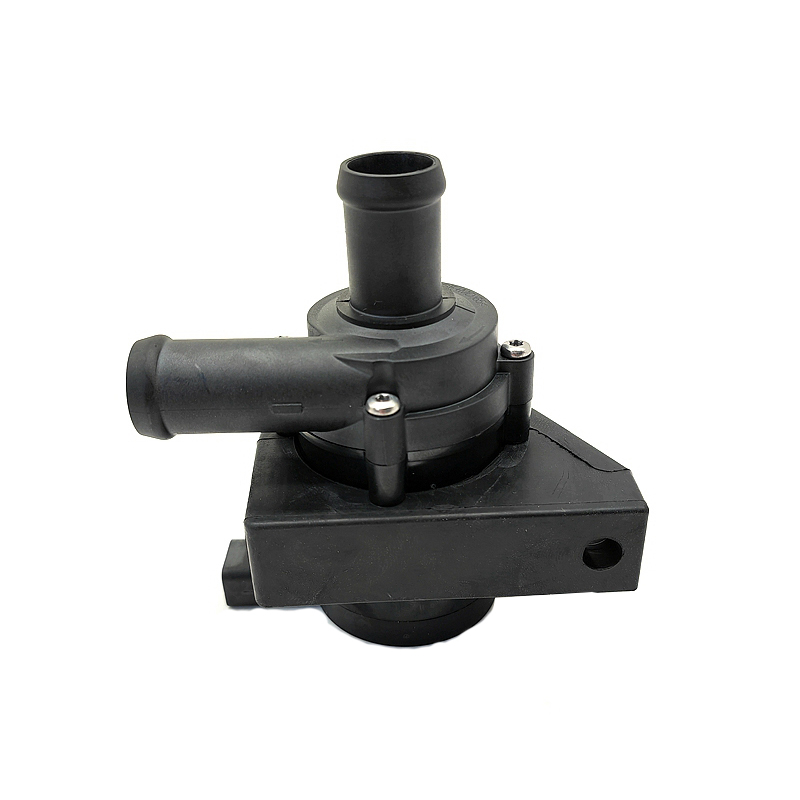 View More >>
View More >>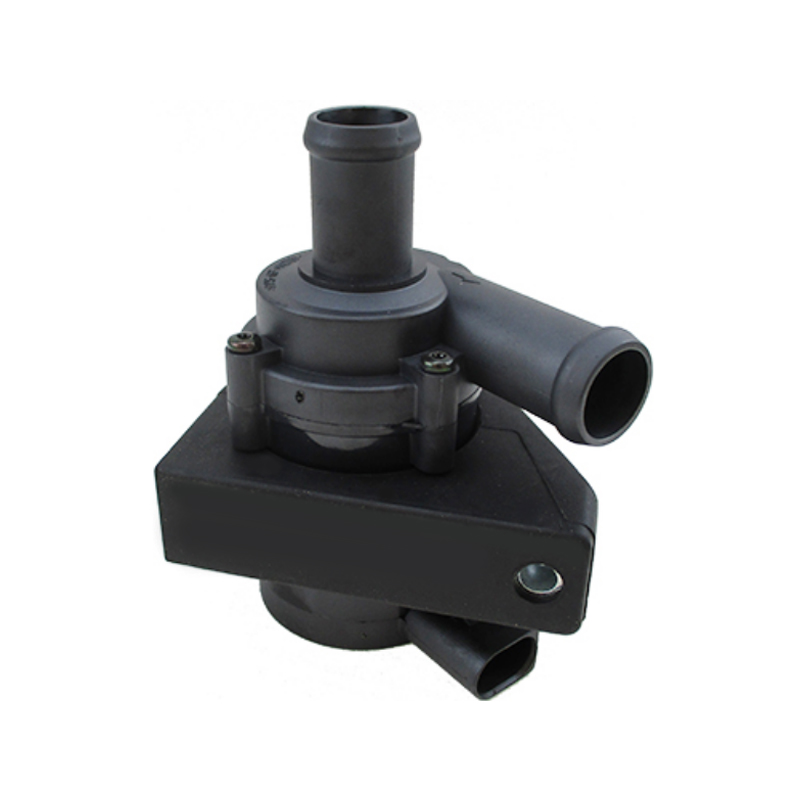 View More >>
View More >>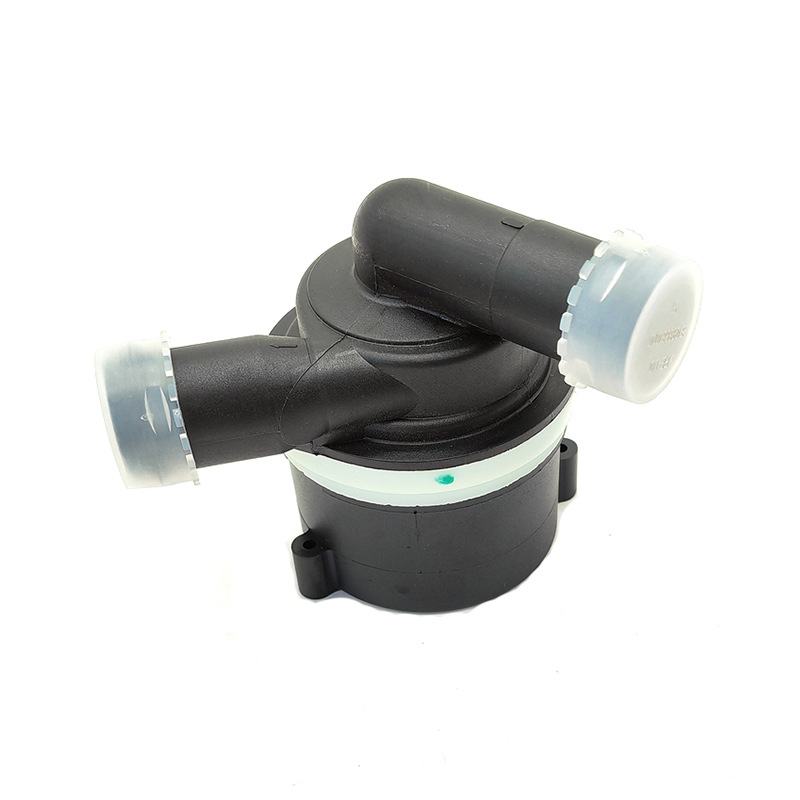 View More >>
View More >>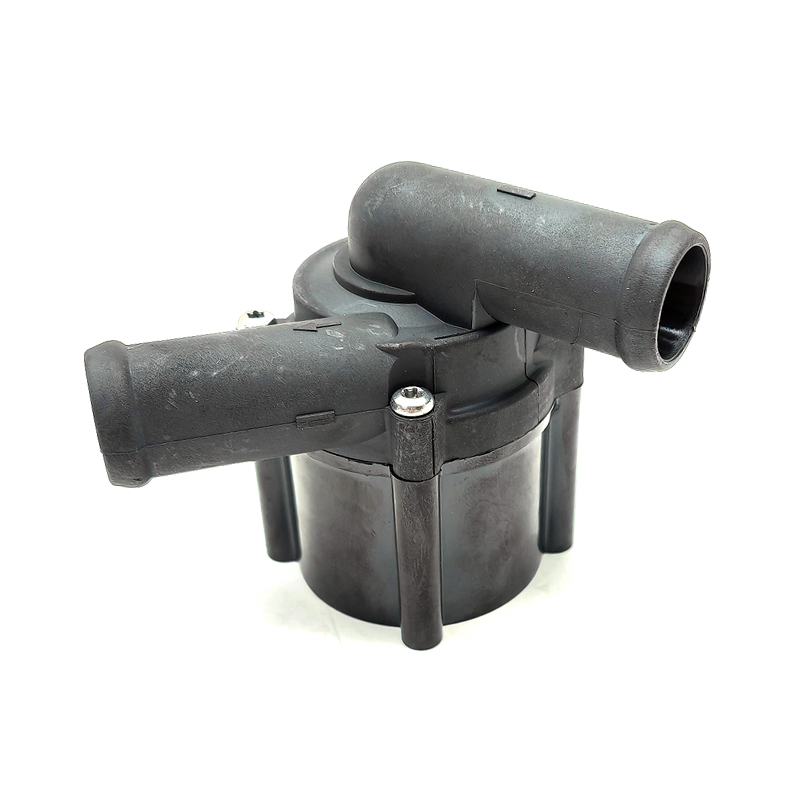 View More >>
View More >>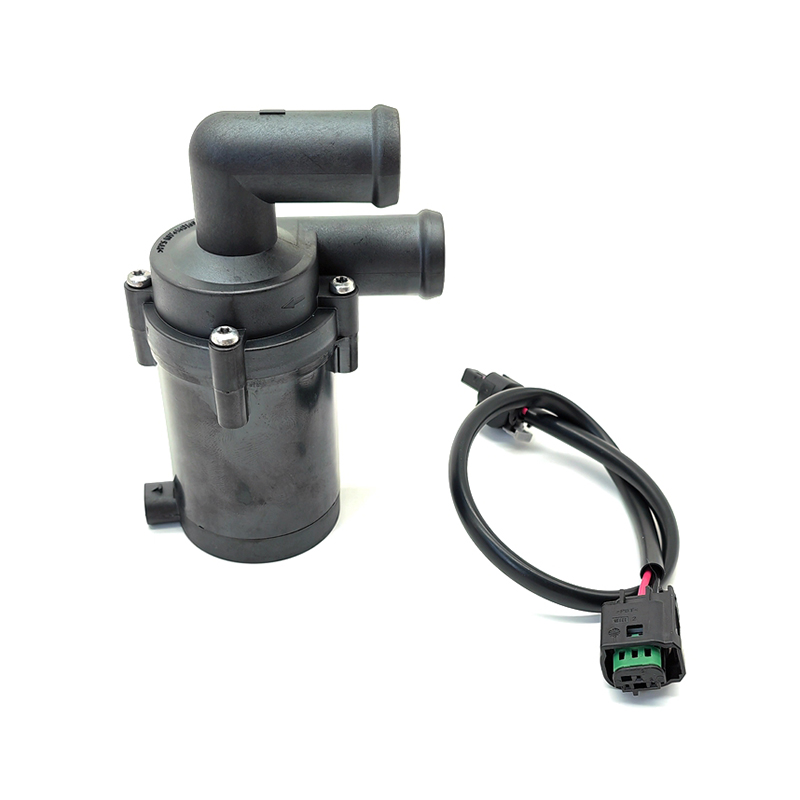 View More >>
View More >>